Culture is a complex and ever-evolving phenomenon that shapes individuals’ and societies’ beliefs, behaviors, and values. It is a dynamic system influenced by various factors, such as history, geography, and social norms.
As a result, different cultures worldwide have unique traditions, customs, and practices that define their identity. In recent years, cultural complexity has gained increasing attention as people become more aware of cultures’ diverse and multifaceted nature.
Furthermore, it will provide examples of cultures that exhibit high levels of complexity, highlighting the intricate interplay between different elements and how they contribute to shaping a culture. From language and art to food and religion, the following examples will showcase how culture is a multidimensional and multifaceted concept that continues to evolve and adapt.
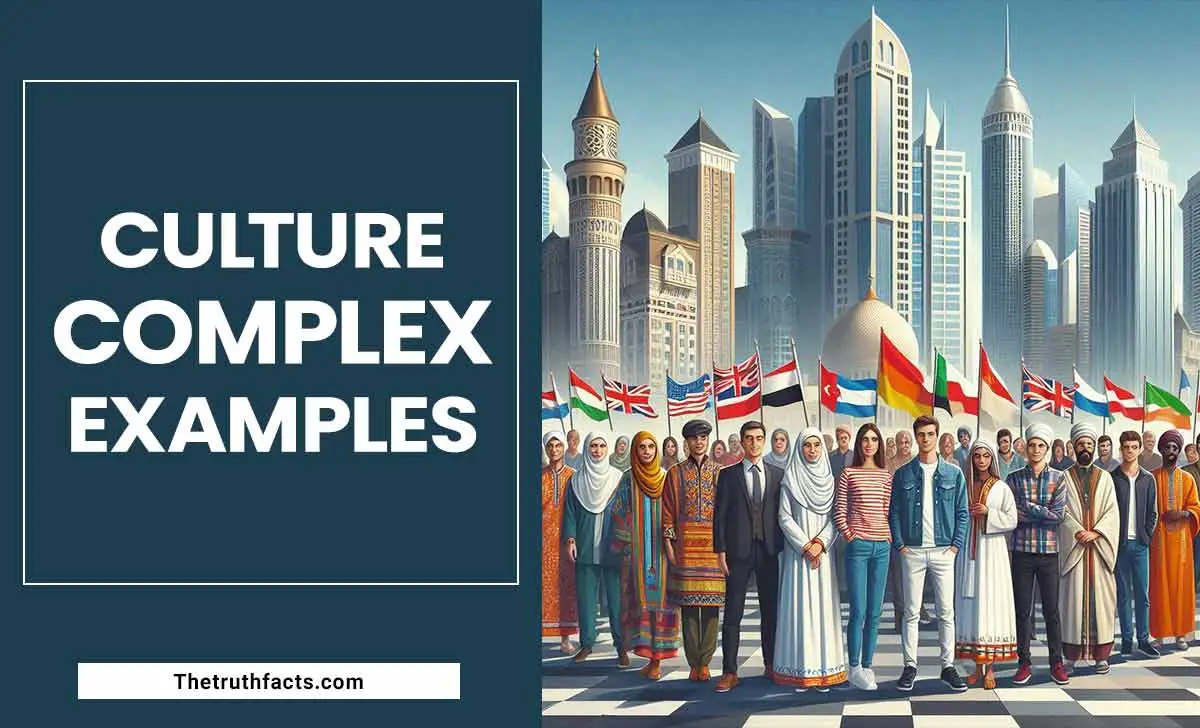
Understanding Culture Complexes
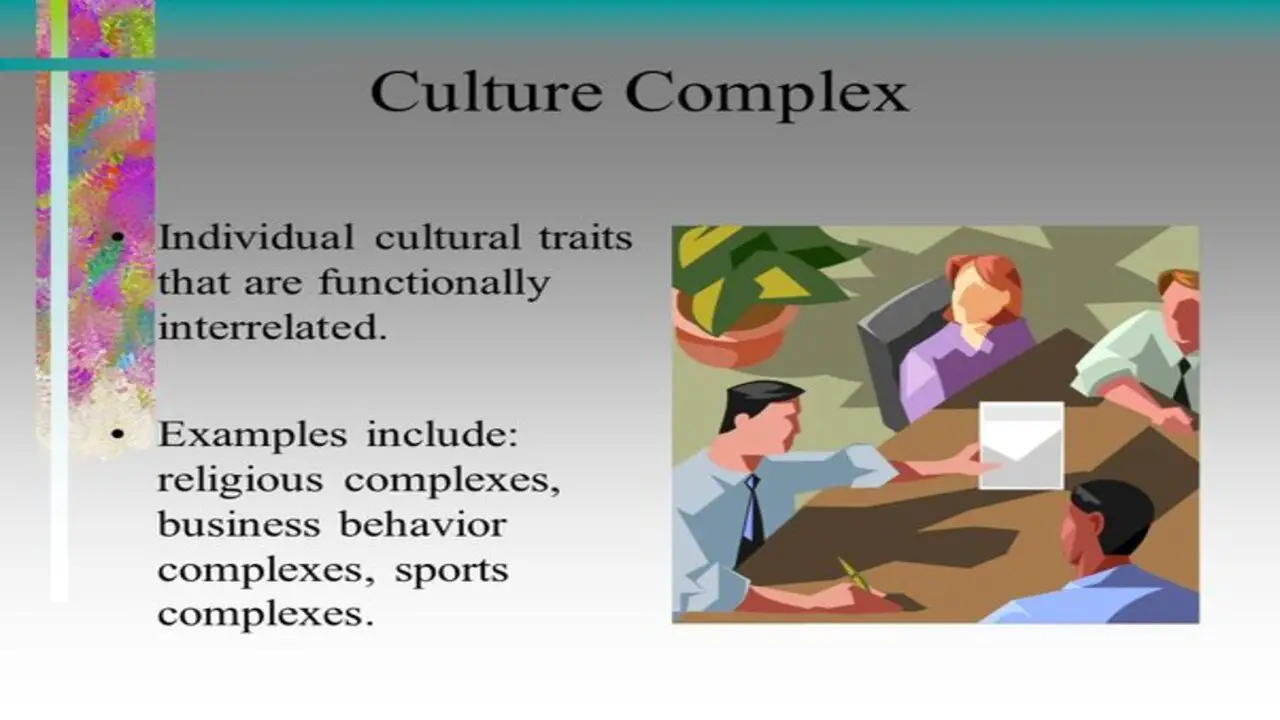
A culture complex can be defined as a unique combination of cultural traits, representing a complex concept in anthropology. Cultural traits, the smallest units of culture, are the observable patterns of behavior, beliefs, values, and material objects shared by a particular group.
These traits come together to form a culture complex, which provides a framework for understanding a specific culture’s social and cultural context. Cultural pluralism, the coexistence of different cultures within a society, is a key factor in forming culture complexes. By studying culture complexes, we gain insight into how people live and interact with one another.
Key Factors Of Culture Complex
Cultural complex refers to the intricate and interconnected elements that shape a particular culture. It encompasses various key factors such as language, customs, traditions, beliefs, values, social organizations, and artistic expressions. These factors create a unique identity and way of life for a community or society.
Language enables communication, customs and traditions dictate social behavior, beliefs, and values shape attitudes, and artistic expressions reflect creativity and cultural heritage. Understanding and appreciating the complexity of culture is essential for promoting cross-cultural understanding and harmony in our increasingly globalized world.
Examples Of Cultural Complex
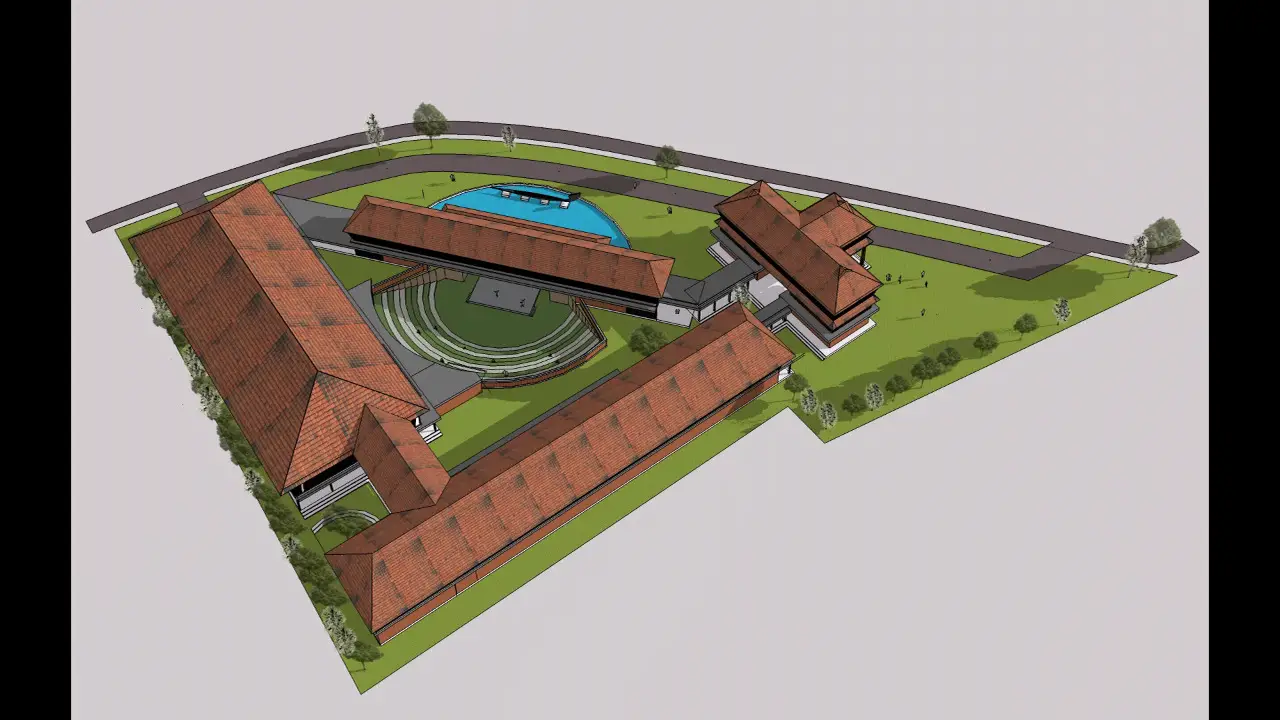
A cultural complex refers to a group of interconnected cultural traits that are characteristic of a particular society or community. These traits include beliefs, practices, customs, institutions, and behaviors that are shared among members of the society.
Additionally, different cultures exhibit their distinct cultural complex, reflecting their beliefs, values, and traditions. The rise of cultural complexes is seen due to cultural traits. It is an individual cultural trait that allows the functioning of the culture independently. Some examples are:
- Religious complexes
- Behavior complexes
- Business complexes
- Sports complexes
- Attitude and actions
- Prayers performed wholly
- Market system
- political party
- A constitution
- An industrial unit
- Examination system
Culture Complex In Societal Structures
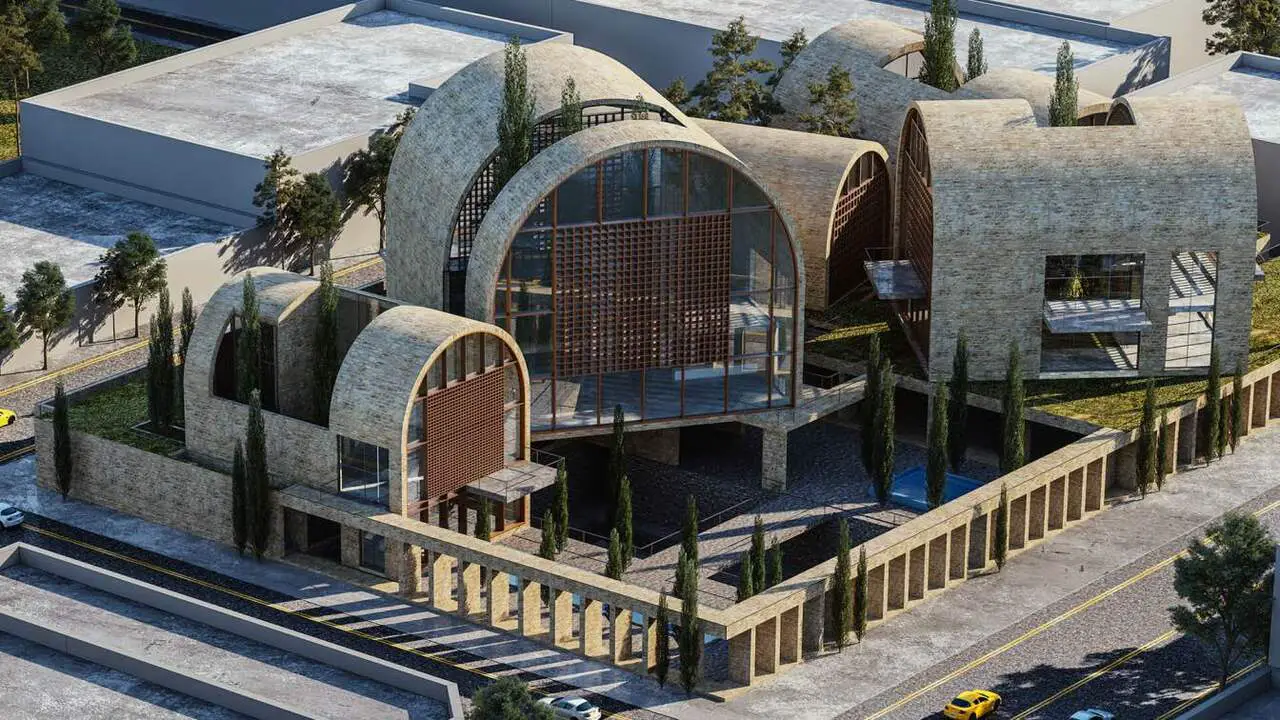
A culture complex refers to a series of interrelated elements and ideas that form the core of a particular culture. These complexes center around the definitions and understanding of culture, serving as the building blocks that shape societal structures.
For example, the cultural complex of Native Americans encompasses their unique traditions, beliefs, and customs. Appreciation of cultures, including Native American cultures, fosters diversity and promotes a more inclusive society. It involves recognizing and respecting the complexity and richness different cultures bring to the global community.
Culture Complex In Consumer Behavior
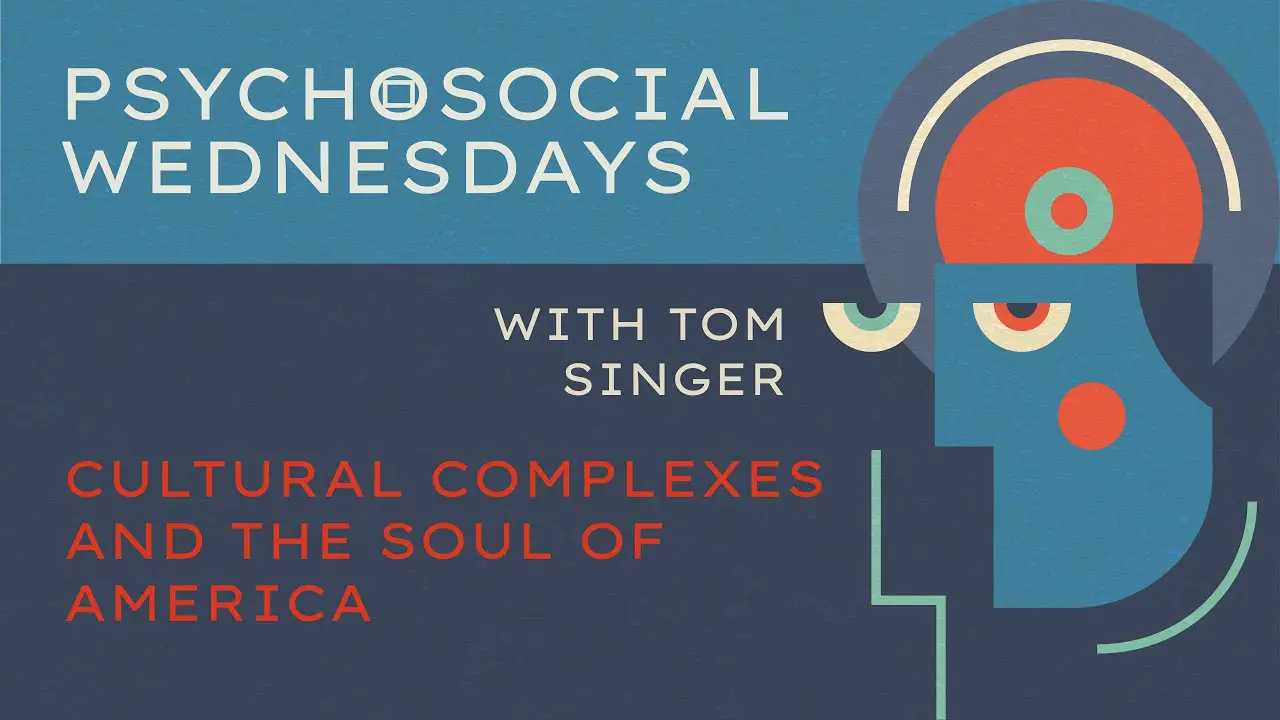
Various aspects of culture influence consumer behavior in Western culture complexes. From the 20th century onwards, certain activities have become deeply embedded within these complexes. The consumption of products and services has evolved into a significant cultural activity, shaping individual and societal behaviors.
These cultural traits encompass purchasing and using goods and the associated values, beliefs, and rituals accompanying them. This complex interplay between consumer behavior and cultural elements highlights the intricate relationship between individuals and their cultural surroundings.
Dynamics Of Culture Complexes
The dynamics of culture complexes involve cultural diffusion, cultural evolution, and adaptation. Cultural diffusion, the spread of cultural traits between different cultures, contributes to the evolution of culture complexes. As cultures interact, ideas, beliefs, and practices are exchanged, adapting and transforming culture complexes.
This cultural evolution results from the complex interplay between cultures as they assimilate, accommodate, or resist cultural traits. Adaptation, the process of adjusting to new cultural contexts, is a crucial factor in the dynamics of culture complexes, as it enables cultures to survive and thrive in ever-changing environments. These dynamics shape the cultural landscape, influencing social structures, behaviors, and how different cultures interact.
The Shift And Evolution Of Cultural Complexes
Culture complexes are dynamic and ever-changing systems encompassing various aspects of a society’s social life. They consist of a wide range of artifacts, symbols, beliefs, and practices that define the essential traits of a dominant culture.
For instance, using a handkerchief to symbolize etiquette and cleanliness exemplifies material culture within a culture complex. These complexes evolve, shaped by historical events, technological advancements, and cultural interactions, reflecting human societies’ intricate and multifaceted nature.
Factors Contributing To The Dynamics Of Culture Complexes
Several factors contribute to the dynamics of culture complexes, including cultural diffusion, adaptation, and assimilation. Cultural diffusion, the spread of cultural traits between different cultures, fuels the dynamics of culture complexes as different cultures exchange ideas, beliefs, and practices.
Adaptation, the process of adjusting to new cultural contexts, also plays a crucial role in the dynamics of culture complexes, enabling cultures to survive and thrive in changing environments. Assimilation, integrating cultural traits from different cultures into a culture complex, shapes the dynamics of culture complexes as cultures assimilate and adopt new cultural traits. These factors influence the complex interplay between cultural groups, richly shaping the cultural landscape.
- Language: Role of language in shaping cultural identity
- Food: Importance of food in reflecting traditions, customs, and values
- Religion: Influence of religion on beliefs, practices, and community
- Art and Music: Significance of Artistic Expressions
Some Examples Of Cultural Traits
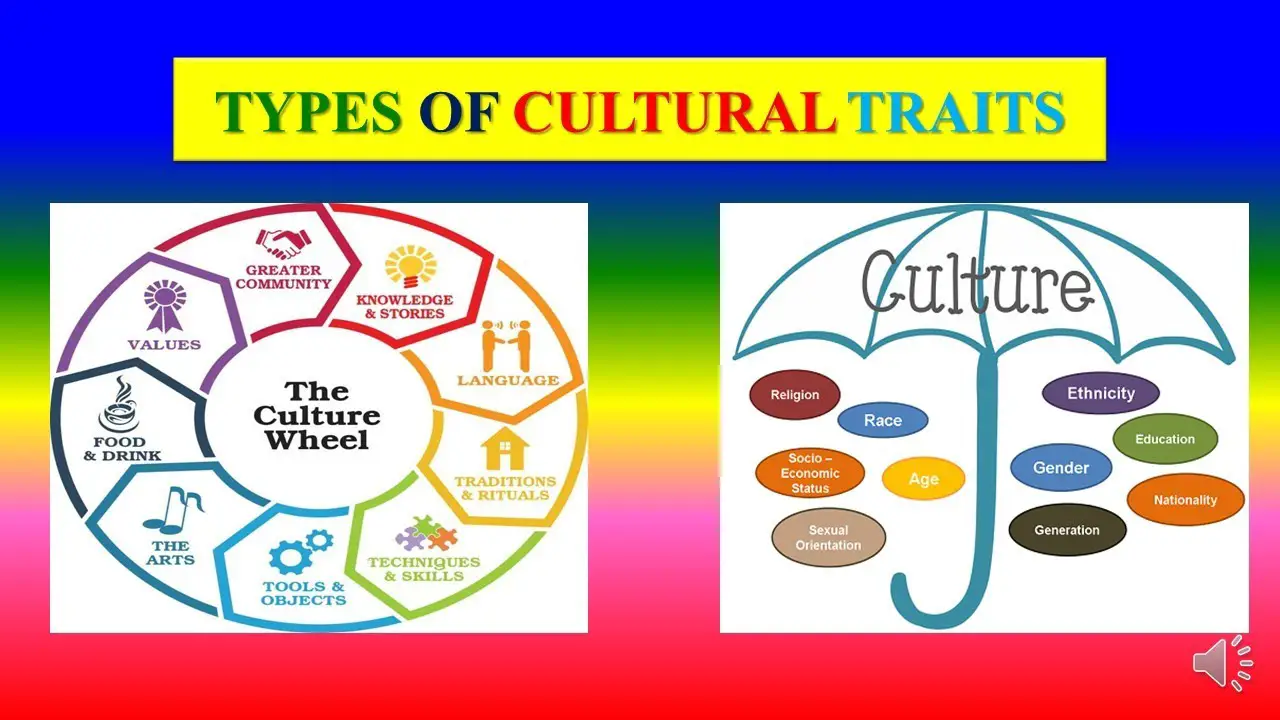
You may have recently celebrated many occasions, such as someone’s wedding, graduation ceremony, etc. Suppose you have been to a wedding ceremony and observed that after saying a few words, everyone says, “Cheers!” now, this is a cultural trait. Some examples of cultural traits are:
- Handshake between two people
- Belief in washing hands after shaking hands with others
- Talking with a native accent
- Air kiss in cheeks over a handshake
- Following certain beliefs related to one’s culture
With the flow of cultural traits, it is seen that people are transmitting culture among others in simple ways. An example of a sport such as the famous chant “Ole, Ole on a football field or during any football match did not happen suddenly. The invention of this word came from the Greek word “Opa!”. Following cultural traits comes tradition. Traditions are a systematic way of doing things, and they are long-lasting.
Culture Complexes And Their Influence On Social Change
Culture complexes are intricate systems of non-material culture that shape and influence social change. They encompass various elements, including religious beliefs, behavior patterns, and daily life practices. These complexes evolve through various stages, adapting to societal needs and values.
They are deeply ingrained in human activity and serve as foundations for societies. Understanding culture complexes helps us comprehend the intricate web of influences that shape our ever-changing world. Examples of culture complexes include religious institutions and their associated rituals, educational systems, and economic structures. These complexes play a crucial role in shaping societies and driving social change.
Reasons For Cultural Discomfort Expand
Many reasons can make a culture uncomfortable due to the forceful impact of what a person doesn’t like. Cultural discomfort is a phenomenon that is experienced by individuals when they are exposed to customs, beliefs, or values that are different from their own. It can arise when cultures clash through travel, migration, or simply interacting with people from diverse backgrounds. This discomfort can manifest in various ways, such as feeling out of place, irritated, or offended.
Complexity
Culture media are essential tools in microbiology for the growth, maintenance, and identification of microorganisms. Various types of culture media exist, including solid media like agar plates and liquid media like broths. Complex media containing undefined components like yeast extract and peptones are commonly handy.
Examples of culture media include blood agar, MacConkey agar, and nutrient broth. Factors that influence culture media composition include the type of microorganism being cultured, its nutritional requirements, and the purpose of the study. Proper selection and preparation of culture media are crucial for successful microbiological experiments and research.
- The way interaction is happening.
- The way a person is taking it and processing it
- Interaction between external stakeholders and the workplace
- Interaction between people during work and outside of work
Types Of Culture Media With Examples

Culture media refers to the various types of nutrient substances or environments used to support the growth and development of microorganisms in laboratory settings. Examples of culture media include agar plates, broth media, and selective media. Agar plates provide a solid surface for the growth of bacteria and fungi, while broth media are liquid-based and allow for the growth of microbes in suspension. Here are some types of cultural media with an example:
- Mass Media: newspapers, magazines, radio, television
- Interpersonal Media: face-to-face communication
- Electronic Media: internet, cell phones, computers
- Virtual Reality (VR): a computer-generated simulated environment for interaction
How Culture Evolves And Why It Matters
Culture is one of the most important aspects of any business, and it’s essential to understand how it evolves to stay ahead of the competition. As society changes and adapts to new circumstances, so does its culture. This evolution is crucial because culture plays a significant role in shaping our identities and influencing our behavior. Here are four reasons why culture is so important:
- Drives customer loyalty
- Creates a sense of community
- Influences employee productivity
- Fosters creativity
Conclusion
Cultural complexes play a crucial role in shaping societies and individuals. They are dynamic and ever-evolving, reflecting the intricate interplay between various cultural elements. Understanding culture complexes gives us insights into societal structures, consumer behavior, and social change.
The dynamics of culture complexes are influenced by factors such as globalization, technology, and migration. Theoretical frameworks like cultural relativism and functionalism provide a deeper understanding of culture complexes. Applying this knowledge in different societies helps us appreciate the diversity of human cultures and fosters cultural hybridity.
Studying cultural complexes allows us to navigate the complexities of the modern world and appreciate the significance of cultural diversity. It helps shape our understanding of the world and encourages us to embrace and celebrate different cultures.
FAQs
What is a cultural complex example?
One example of a cultural complex is the “American Dream,” which encompasses the values and beliefs associated with achieving success, upward mobility, and a better life through hard work and determination in the United States.
What is an example of a cultural pattern?
An example of a cultural pattern is the practice of bowing as a greeting in Japanese culture. This cultural pattern reflects the values of respect, humility, and hierarchy ingrained in Japanese society.
Why are cultures complex?
Cultures are complex because they are influenced by multiple factors such as history, geography, religion, language, social norms, and interactions with other cultures.
What is a complex culture called?
A complex culture is often referred to as a civilization. A complex culture often describes a society with advanced organizational, social structure, and technology systems.
Is culture a complex concept?
Yes, culture is a complex concept. It encompasses various aspects such as beliefs, values, norms, customs, traditions, language, arts, and social institutions.

I’m a writer and blogger who loves to talk about entertainment, culture, and relationships. I love to share my thoughts and insights on these topics, and I’m always looking for new ways to engage with my readers. I’m also a big fan of learning new things, so I’m always exploring new areas of interest.
